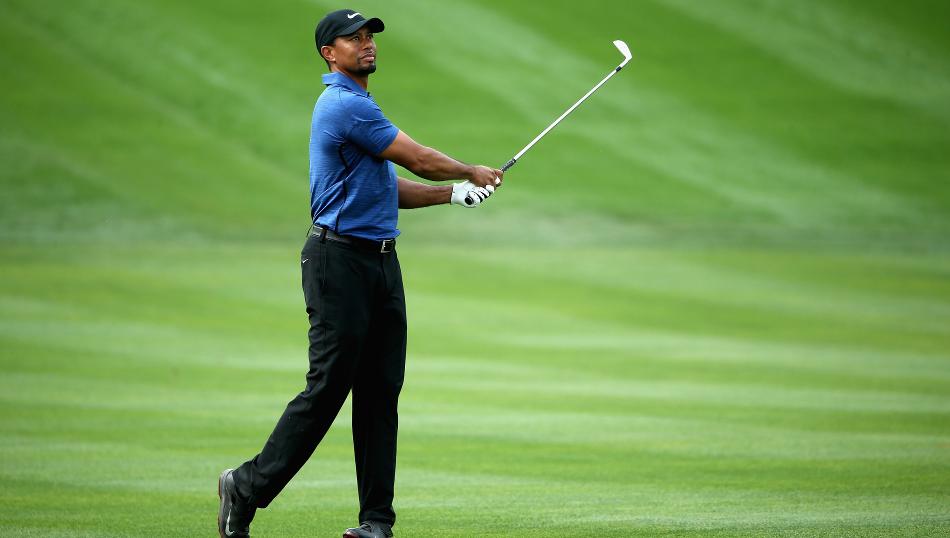Tiger Woods announced today that he has undergone successful back surgery to alleviate ongoing pain in his back and leg.
«The surgery went well, and I’m optimistic this will relieve my back spasms and pain,» Woods said. «When healed, I look forward to getting back to a normal life, playing with my kids, competing in professional golf and living without the pain I have been battling so long.»
Due to previous herniations and three surgeries, Woods’ bottom lower-back disc severely narrowed, causing sciatica and severe back and leg pain. Conservative therapy, which included rehabilitation, medications, limiting activities and injections, failed as a permanent solution, and Woods opted to have surgery. The procedure was a minimally invasive Anterior Lumbar Interbody Fusion (MIS ALIF) at L5/S1. The surgery entailed removing the damaged disc and re-elevating the collapsed disc space to normal levels. This allows the one vertebrae to heal to the other. The goal is to relieve the pressure on the nerve and to give the nerve the best chance of healing.
The operation was performed by Dr. Richard Guyer of the Center for Disc Replacement at the Texas Back Institute.
Tiger Woods anunció hoy en su pagina oficial que ha sido sometido a una nueva cirugía de espalda exitosa para aliviar el dolor continuo en su espalda y pierna.
«La cirugía salió bien y estoy optimista de que esto aliviará mis espasmos y mi dolor en la espalda», dijo Woods. «Cuando esté curado, espero volver a una vida normal, jugar con mis hijos, competir en golf profesional y vivir sin el dolor que he estado luchando por tanto tiempo».
Debido a hernias anteriores y tres cirugías, el disco inferior de la parte inferior de Woods se estrechó severamente, causando ciática y dolor severo en la espalda y las piernas. La terapia conservadora, que incluía rehabilitación, medicamentos, actividades limitantes e inyecciones, fracasó como una solución permanente, y Woods optó por someterse a una cirugía. El procedimiento fue una Fusión Interactiva Lumbar Anterior (MIS ALIF) mínimamente invasiva en L5 / S1.
La cirugía consistió en retirar el disco dañado y volver a elevar el espacio del disco colapsado a niveles normales. Esto permite que las vértebras se curen una a otra.
El objetivo es aliviar la presión sobre el nervio y dar al nervio la mejor oportunidad de curación.
La operación fue realizada por el Dr. Richard Guyer del Centro de Reemplazo de Disco en el Texas Back Institute.



